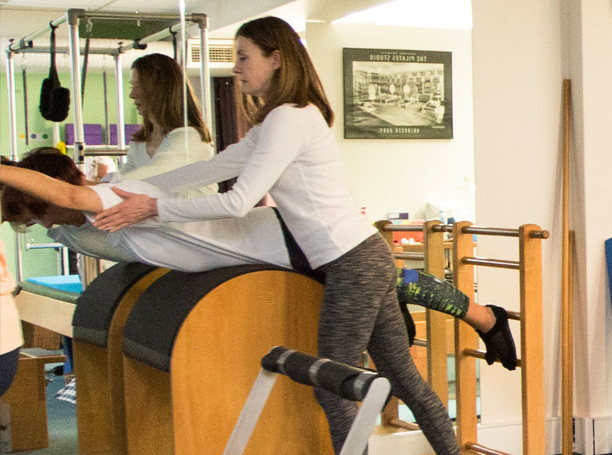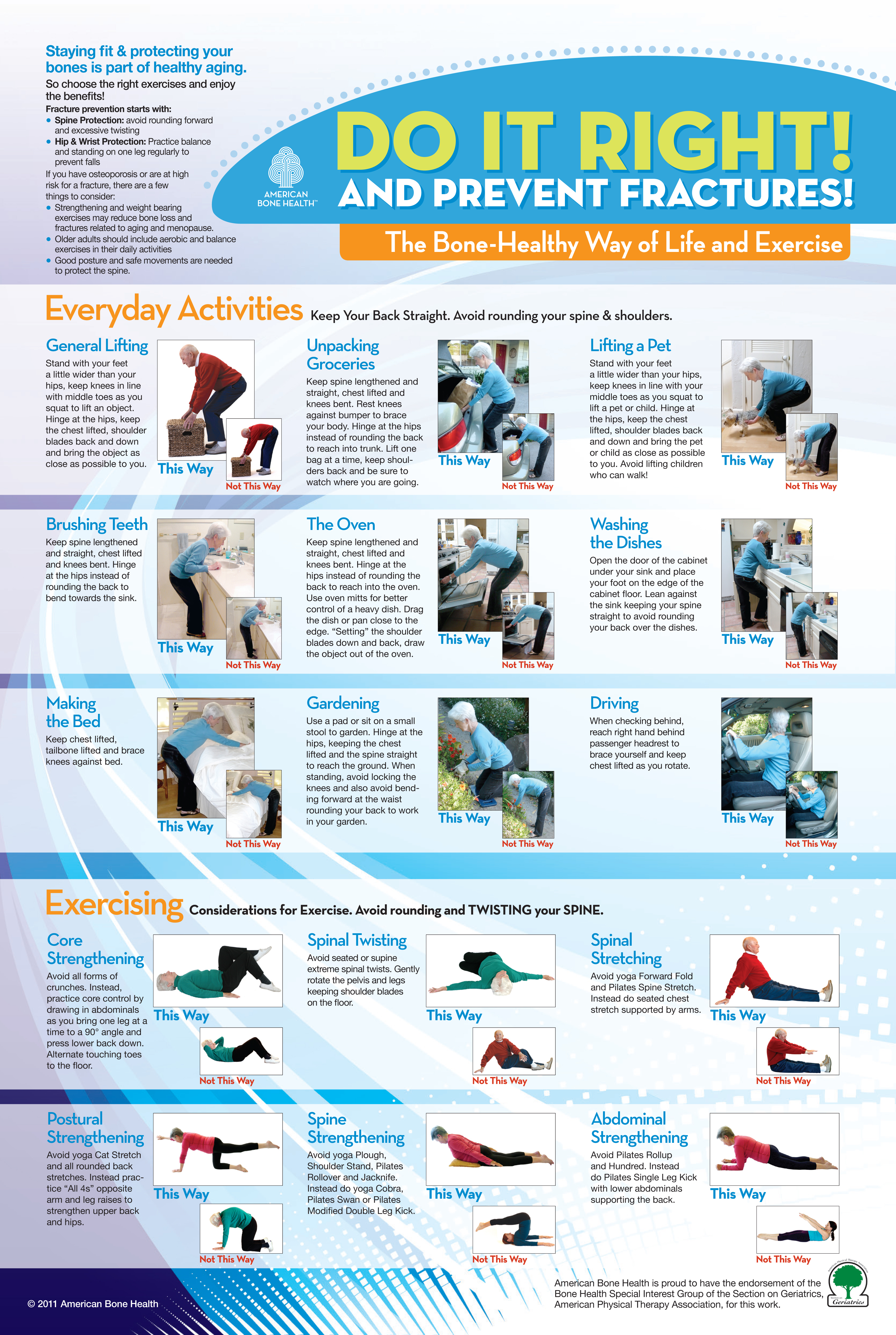Do you need to manage your osteoporosis (or maybe your mum’s)?
Osteoporosis is a common disease affecting over 1 million, mostly older, Australians. If this is you, or perhaps a family member, there is a lot you can do to prevent it becoming a drag on your quality of life.
What is osteoporosis?
Osteoporosis occurs when bones lose minerals, such as calcium, more quickly than the body can replace them, causing a loss of bone thickness (bone density or mass).
As bones become thinner and less dense, even a minor bump or fall can cause a serious fracture. A ‘fracture’ is a complete or partial break in a bone. Any bone can be affected by osteoporosis, but the most common sites are the hip, spine and wrist. Fractures in the spine due to osteoporosis can result in height loss or changes in posture. Osteoporosis usually has no symptoms until a fracture occurs this is why osteoporosis is often called the ‘silent disease’.
Fractures can lead to chronic pain, a loss of independence, disability and even premature death – so managing bone health to avoid fractures is a priority.
Stop the fracture cascade
The risk of future fractures rises with each new fracture – this is known as the ‘cascade effect’. For example: women who have suffered a fracture in their spine are over 4 times more likely to have another fracture within the next year. It is essential that osteoporosis is diagnosed and treated to prevent further fractures.
It is also vital to maintain your strength and balance and Pilates is a great, safe way to do this. Daily activities may also need to be adapted to minimise your risk of future fractures. This poster gives some simple and sound advice
Ref: Osteoporosis Australia Medical & Scientific Advisory Committee, 2014
Download Fracture Prevention Poster here



